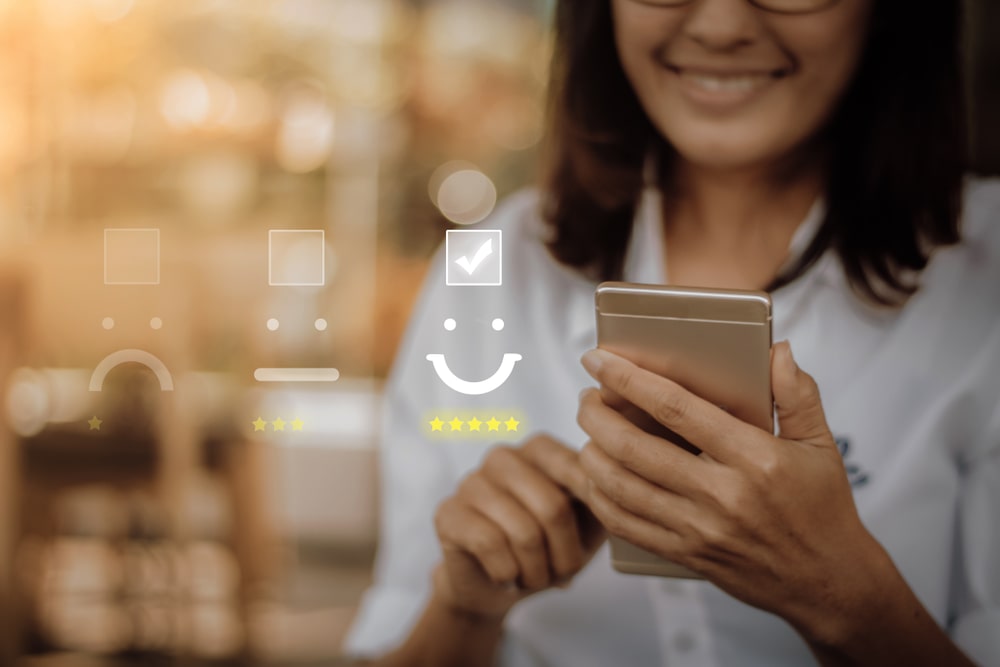Acquiring customers through technological initiatives has been trendy, but how often do these initiatives overlook the human element? This article investigates.
It is estimated that there were approximately 624 million internet users in India as of January 2021 with a penetration of 45%. Correspondingly, it is estimated that there are 1.1 billion mobile connections in India, with 748 million smartphone users. The number of mobile connections in India was equivalent to 79% of the total population. While the population increased by 13 million between 2020-21, the number of internet and mobile connections increased by 47 million and 23 million respectively in the same period.
These statistics evidently capture the noticeable upsurge in digital adoption by Indians in general, which naturally includes Indian customers. Therefore, it follows that organizations who wish to compete for the mindshare and thus the wallet share of the customer must adopt an overarching digital strategy that strives to make it easier for customers to not only interact online with them but also to research, self-serve, and walk away happy by the interaction.
Nowadays, customers demand a seamless, personal, and immersive experience from their service providers. Hence, it is imperative for organizations to use the full power of technology to deliver an experience that is differentiated and creates an impact in the customer’s mind. Organizations which espouse a model that addresses the experience partially will end up delivering an experience that is disjointed and inconsistent across the customer journey.
Organizations must endeavour to chronicle the customer’s preferences in an un-intrusive and trustworthy manner with clear standards of data privacy. This ensures the trust between the customer and organization will continue to flourish. Customers expect organizations to “know me well”. This presents a unique challenge to service providers who are expected to move on from the traditional 4 to 7 customer “personas” to a more hyper-personalized segment of one! It means that service providers will not only be expected to know the past historical interactions but also to obtain preference information from social media and other data sources and deploy enriched data science methods to integrate all the information gathered to deliver a differentiated and highly personal experience.
The data enrichment exercise is an ongoing journey and service providers must continue to augment the data gathered through the several interactions they have with customers across all channels and also continue to garner social and emotional intelligence. A solid framework where the customer data is applied through a data science model leveraging AI & ML will help optimize the experience thereby making every subsequent customer interaction richer and enhanced.
Customers today are bombarded with communication that is generic and mis-timed and is thus most often ignored. The personalization strategy must include communication that is timely, relevant, and engaging. Customers are fatigued with the quantum of communication they receive from businesses. To cut the clutter and grab the attention of the customer one must engage in the subject that is close to the customer’s heart. This helps establish a relationship that goes beyond business and lays the foundation of shared interests and goals, which in turn develops fierce brand loyalty. Organizations, while interacting with the customer, must try to make the interaction bi-directional and immerse the customer into an interaction that is interesting to him/her while holding the attention for longer.
It is amply clear that technology is a big problem solver in today’s world. However, it is still impersonal; after all it is people connecting in a digital space. Therefore, to remain successful organizations will need to adopt a new mindset, one that focuses as much on the emotional as the functional. It is a priority for service providers to evolve from delivering on the pure science of technology to art meeting science, where the technology is “humanized”. Humans experience emotions through five senses. Thus, the digital journey must follow a human design approach where the experience of customers interacting with technological tools is as close to interacting with a human as possible. The speed at which technology is evolving bears a real risk of excluding the less-tech savvy. The UI/UX experience should appear familiar, immersive, and easy to connect with. AI and ML should be used to appeal to the human visual dominance to continuously refine and provide an experience that the customer connects with and makes the interaction seamless. NLP and voice recognition tools must be intelligently integrated to “appear” as human as possible.
In conclusion, our reliance on technology to manage our lives is increasing by the day. Yet, as we continue to intertwine our lives more with technology, there is disruption taking place. The less the technology is visible and appears to be an extension of the human being, the more effective it is. The future of the digital experience is here – and it looks remarkably more human!

Contributed by
Atri Chakraborty, Chief Operating Officer, IndiaFirst Life Insurance Company Ltd.



